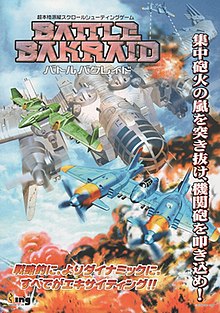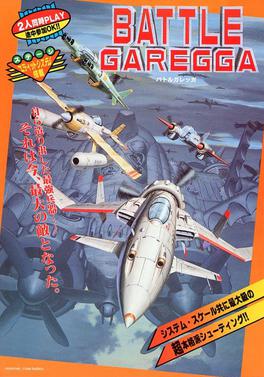
Battle Garegga is a vertically scrolling shoot'em up arcade game developed by Raizing and published by Eighting in 1996. It was later ported to the Sega Saturn in 1998, and an updated version, Battle Garegga Rev.2016 was released in 2016.

1943: The Battle of Midway is a 1987 shoot 'em up arcade game developed and published by Capcom.
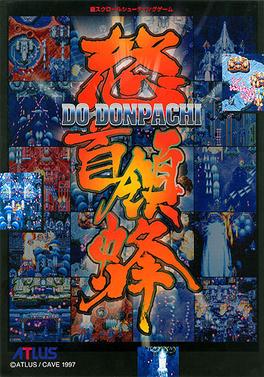
DoDonPachi is a vertically-scrolling bullet hell shoot' em up developed by Cave and published by Atlus in 1997. It was the second game developed by Cave, and the sixth on Cave's first-generation arcade hardware. As with its predecessor DonPachi, the title is both a Japanese term for expressing the sound of gunfire, and a term that relates to bees. The sequel to this game is DoDonPachi II, which was made by a different developer. The original developer later released its own sequel, DoDonPachi DaiOuJou.
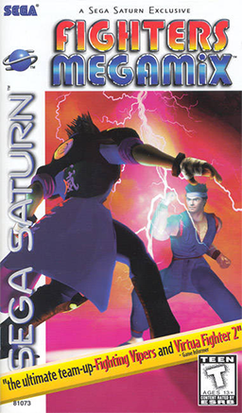
Fighters Megamix is a 1996 fighting video game developed by Sega AM2 for the Sega Saturn. It is a video game crossover of various 3D arcade blockbusters by Sega, from the complete cast of Virtua Fighter 2 and Fighting Vipers to Janet from Virtua Cop 2 and the Hornet car from Daytona USA. It allows gamers to play as the bosses of both Virtua Fighter 2 and Fighting Vipers without codes.

Eighting Co., Ltd., stylized as 8ing, is a Japanese video game developer and publisher. It was formerly known as Raizing. It is known for its shoot 'em ups and its licensed fighting games.
Raiden Fighters 2: Operation Hell Dive is a 1997 scrolling shooter arcade game by Seibu Kaihatsu. It is the direct sequel to Raiden Fighters, which is a spin-off of the Raiden scrolling shooter video game franchise. This game shares the same game mechanics as its predecessor while expanding on the concepts that defined it. It is followed by Raiden Fighters Jet, the third game in the series.

Mars Matrix: Hyper Solid Shooting, or simply Mars Matrix, is a vertically scrolling shooter arcade game developed by Takumi and released in 2000. The game was published by Capcom and run on their CPS-2 arcade system board. Mars Matrix was later ported to the Dreamcast video game console in 2001. The arcade version uses a horizontally aligned monitor, despite being a vertically scrolling game.
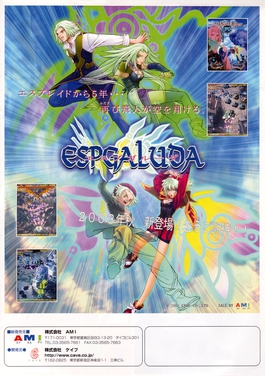
Espgaluda is a 2003 manic shooter by Cave and published by AMI. It is the spiritual successor to ESP Ra.De. and is followed by Espgaluda II.

G-Darius is a shoot'em up arcade game, released by Taito in 1997. It is the fourth arcade installment of the Darius series and the first in the series to feature three-dimensional polygonal graphics.
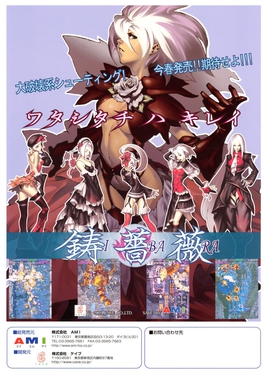
Ibara (鋳薔薇) is a 2005 vertically scrolling shooter developed by Japanese developer Cave and published by Taito. It was ported to the PlayStation 2 in 2006.

Star Wars Trilogy Arcade is an arcade game developed by Sega's AM Annex subsidiary and released in 1998. It is a 3D rail shooter based on the original trilogy of Star Wars films, released alongside their special editions. Accompanied by the Star Wars Trilogy pinball game, it is the second in Sega's Star Wars Arcade series; it is preceded by 1993's Star Wars Arcade and followed by 2000's Star Wars Racer Arcade.
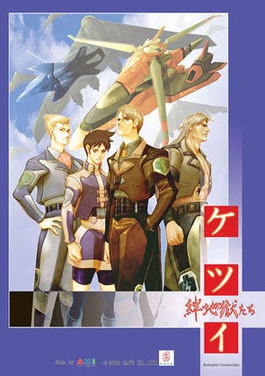
Ketsui: Kizuna Jigoku Tachi is a vertical shoot 'em up arcade game by Cave. It was released in Japanese arcades in 2003. A Nintendo DS boss rush version was released on October 23, 2008 in Japan. It included a Superplay DVD featuring a world record scoring run by a top ranked player. The arcade game was ported to the Xbox 360 and released in 2010. A special version of Dodonpachi Daifukkatsu Black Label was released on the Xbox 360 in 2011, which is a crossover with Ketsui, featuring the ship, re-arranged music and scoring system from Ketsui on top of the Dodonpachi Daifukkatsu Black Label scoring system.
Psyvariar is a vertically scrolling shooter arcade game series developed by Success Corporation on Taito's G-NET hardware.

Espgaluda II (エスプガルーダII) is a bullet hell shoot'em up originally released by Cave in the arcades in 2005 as a sequel to Espgaluda. An Xbox 360 release, titled Espgaluda II Black Label, was released in 2010 in Japan. It was released in September 2021 for the Switch worldwide.

Tekken (鉄拳) is a fighting game developed and published by Namco. It was originally released for arcades in 1994, and ported to the PlayStation a year later. The game was well-received by critics, and it would serve as the first entry in the popular Tekken series, with a sequel, Tekken 2, being released in 1995.
Shienryū (紫炎龍) is a vertical scrolling shooter created by Warashi for the arcade which was released in 1997, later followed by a Sega Saturn console release in 1997 and PlayStation release in 1999 (JP) and 2002 (US).

Castle of Shikigami III is a bullet hell released in Japan in video arcades in 2005, the Windows platform in 2006 and for the Xbox 360 and Wii in 2007. It is the fourth game in the Shikigami no Shiro series, following two shooters and a spin-off adventure game. The game was published in North America, for the Wii by Aksys Games with only an English voice dub. It was released on May 13, 2008.
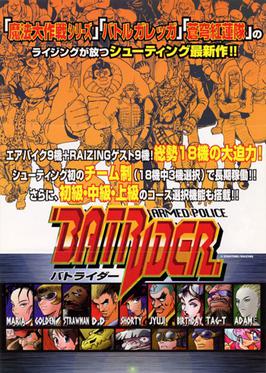
Armed Police Batrider is a vertically scrolling manic shooter arcade game developed by Raizing and published by Eighting in 1998. The player controls teams of flying jet bikes (Batriders) each with their own pilot; players can choose up to three of nine standard characters plus another nine unlockable characters from the previous games of Raizing Mahou Daisakusen and Battle Garegga. In 2022, the game was included as part of the Sega Astro City Mini V, a vertically-oriented variant of the Sega Astro City mini console, marking its first appearance outside the arcades.

Crimzon Clover is a vertically scrolling dōjin bullet hell game developed by Yotsubane and released at the 79th Comiket. Its name is a reference to the crimson clover, a species of clover native to Europe. Originally released for Windows on January 11, 2011 in Japan, a NESiCAxLive arcade version was released on April 25, 2013. An updated Windows version, entitled Crimzon Clover: World Ignition was released worldwide on June 6, 2014 via Steam, on December 3, 2014 via GOG.com. Another updated Nintendo Switch version, titled Crimzon Clover: World EXplosion, released on October 29, 2020.
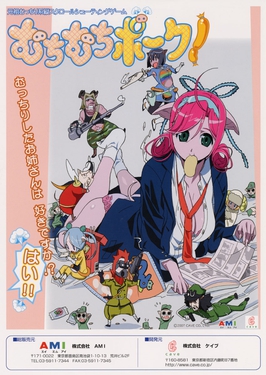
Muchi Muchi Pork! is a 2007 arcade bullet hell cute 'em up developed by CAVE, and published by AMI. It was also ported to the Xbox 360 as part of the Muchi Muchi Pork!/Pink Sweets compilation disc produced by CAVE in February of 2011.
